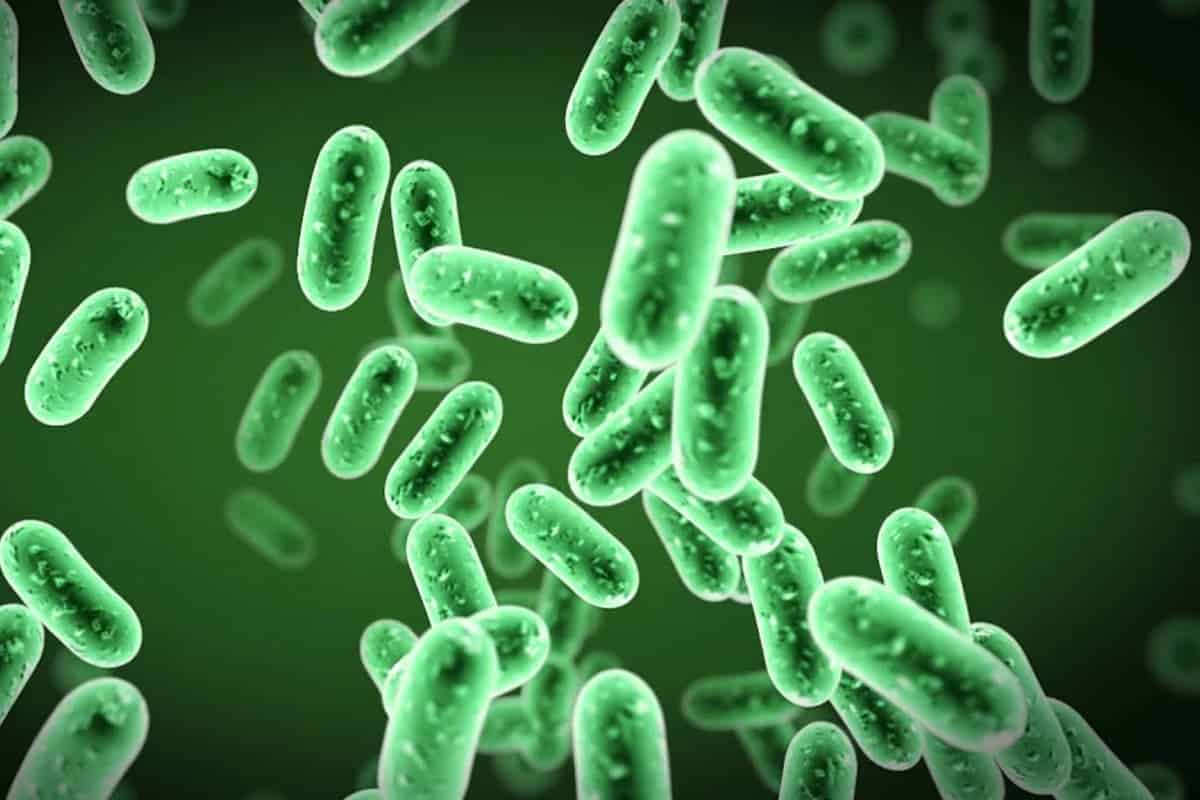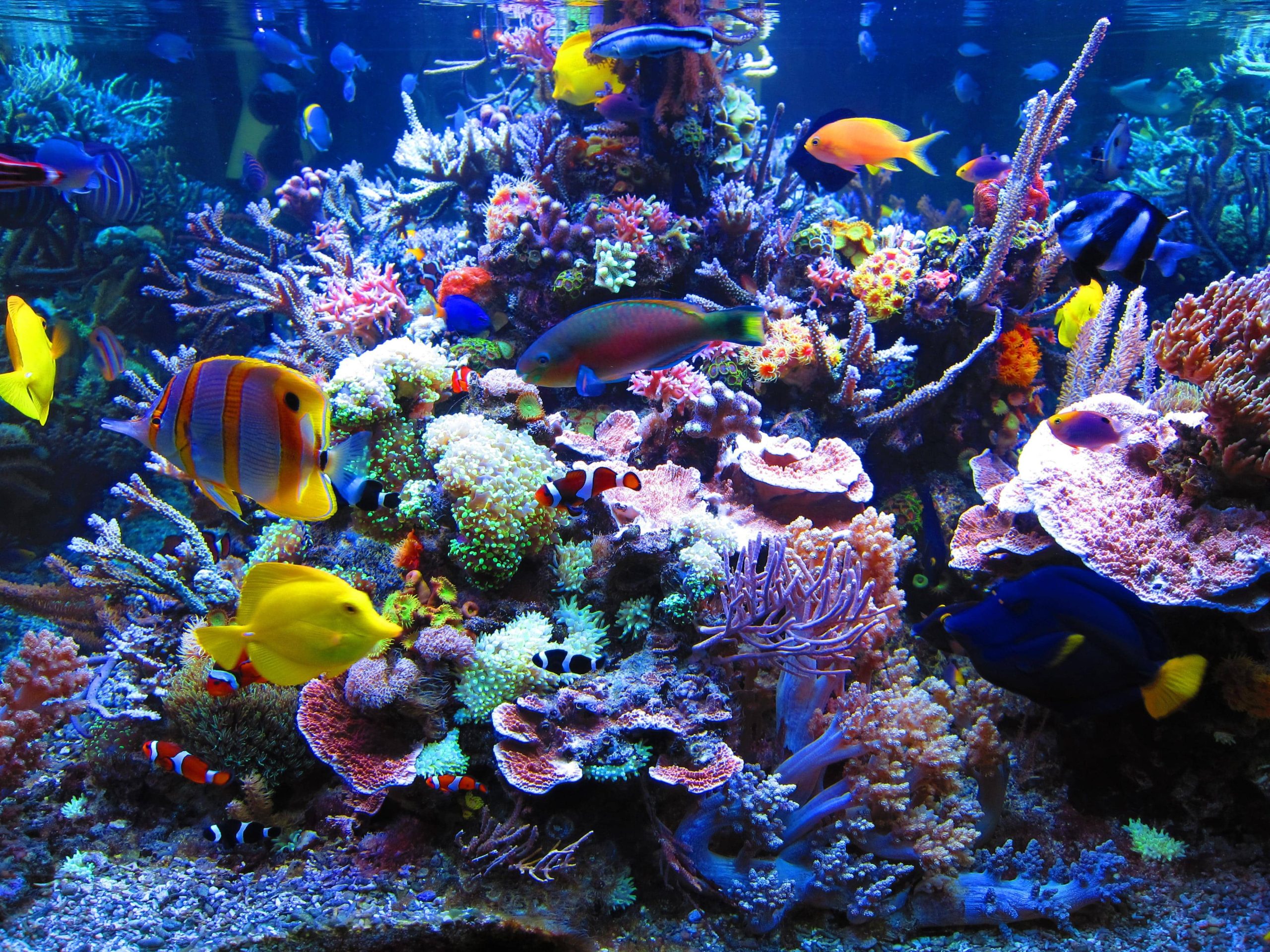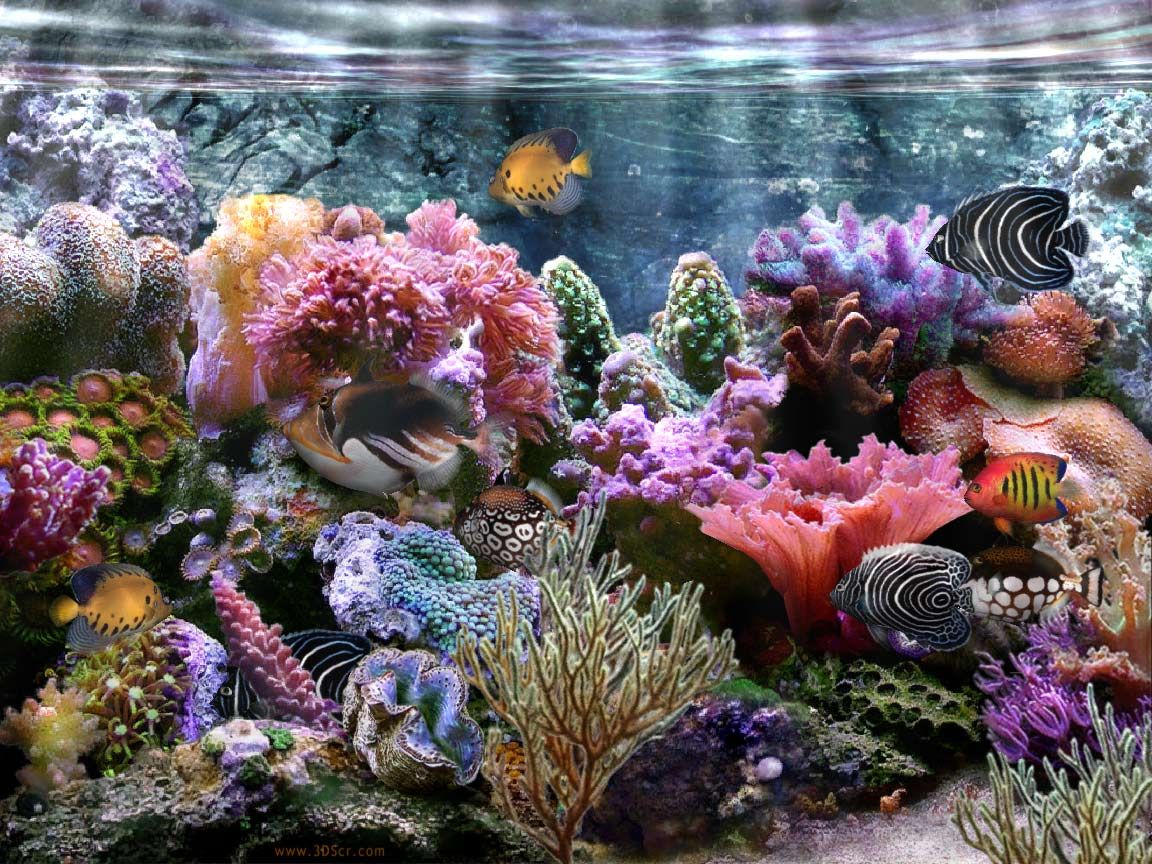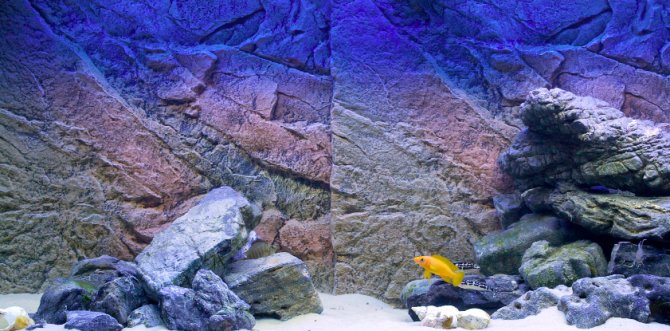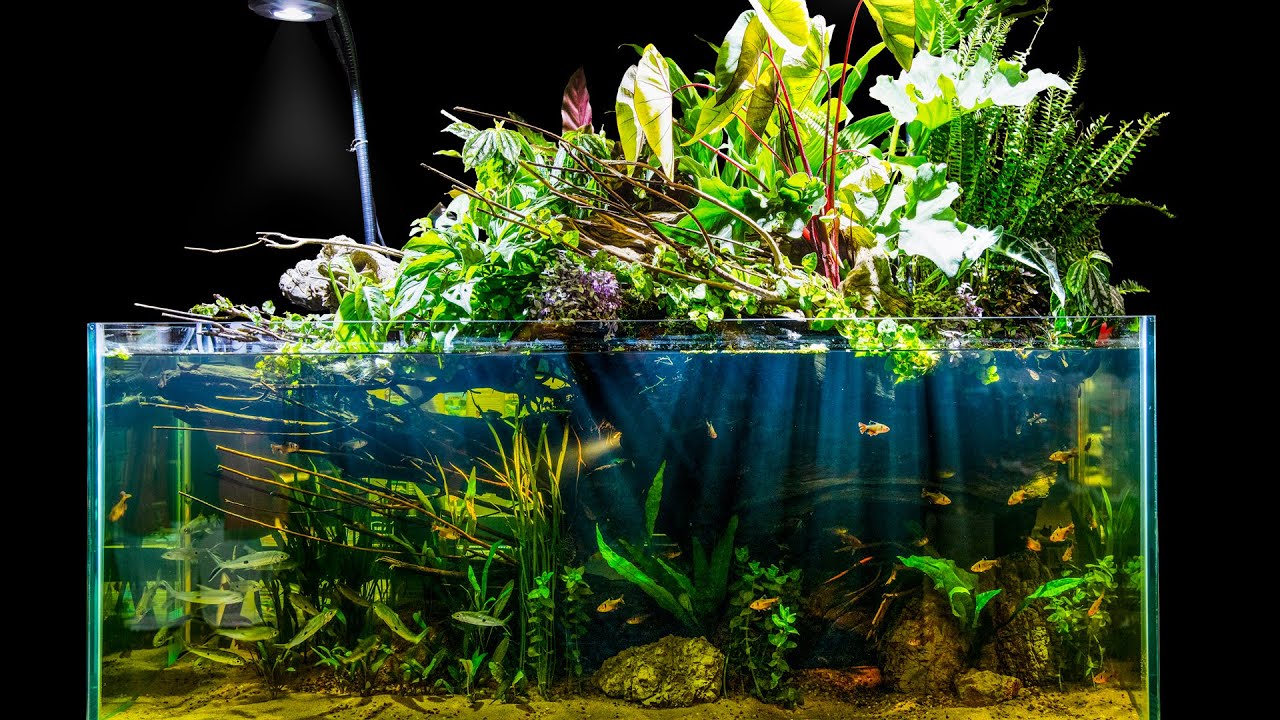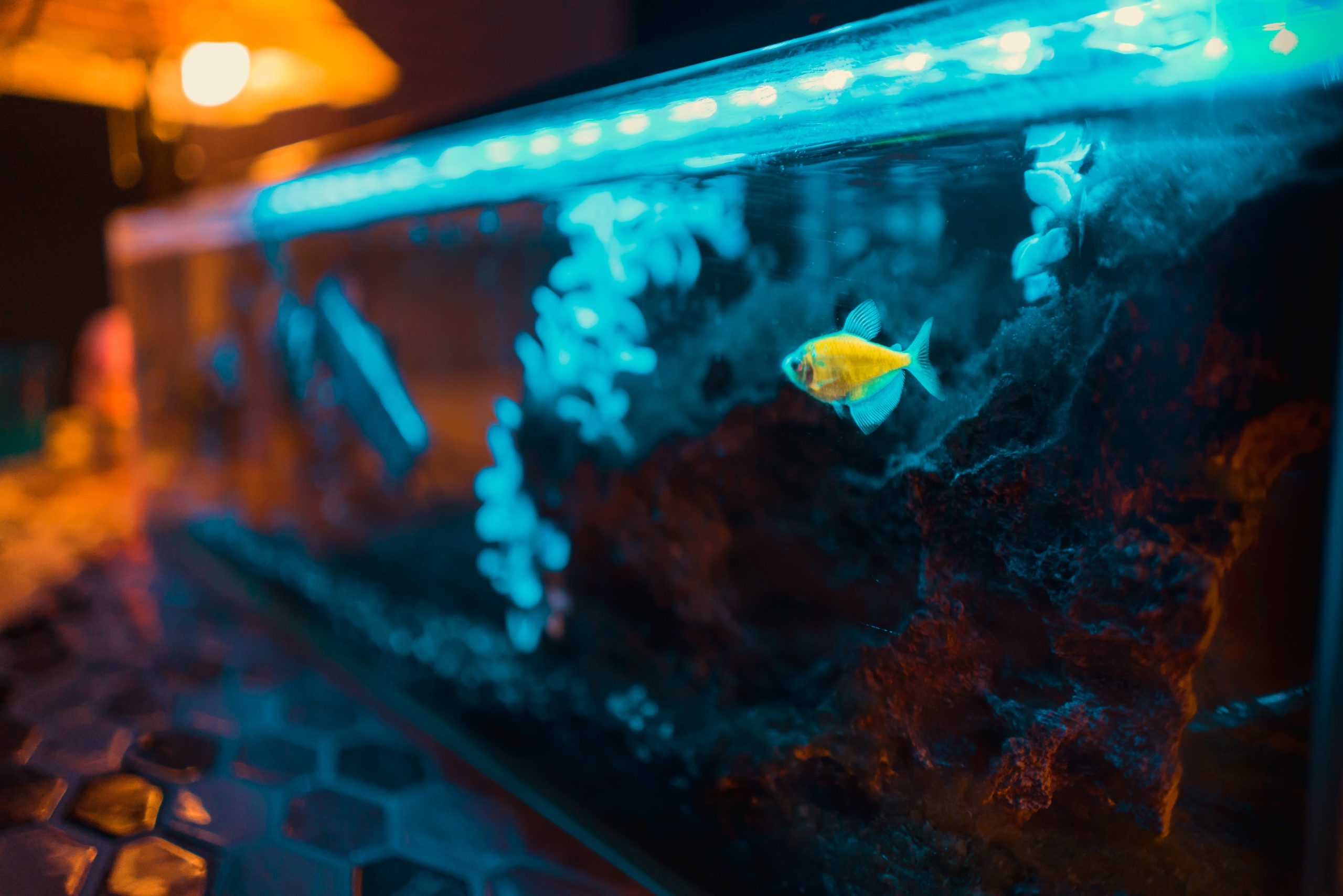As with all living things, the health and longevity of fish depend on healthy living conditions. This also applies to the fish and other aquarium creatures in our aquarium. However, the creatures living in the aquarium do not have the luxury of creating their own living conditions.
The conditions of the environment in which they live depend entirely on the choices you make. Therefore, if you want to fish in the aquarium, you should remember that the health of your fish depends on the creation of a suitable aquarium environment for them, and you should take the necessary care. You must make sure that the aquarium water is of good quality to avoid fish diseases and deaths. Balanced water means that good bacteria culture is formed and settled in the water. When bacteria are mentioned, microorganisms that cause disease come to mind first. However, there are many beneficial types of bacteria. So what is the importance of beneficial bacteria for aquarium inhabitants? What should be done to create a good bacteria culture in the aquarium?
The Importance of Beneficial Bacteria for Aquarium
Bacteria culture is an issue that people who are new to the aquarium hobby find it difficult to understand exactly what it is necessary for. Because when it comes to bacteria, the first things that come to mind are usually the microorganisms that cause disease and discomfort. But there are many good bacteria, and these good bacteria are part of the natural nitrogen cycle. If a good bacteria culture is not established in the aquarium, the nitrogen cycle can be disrupted and sudden harmful changes in the water can occur. This is very dangerous for all living things in the aquarium.
The nitrogen cycle in the aquarium is an issue that needs to be well understood. It is vital for aquarium creatures to understand this cycle well, to know how it follows it, and to follow it. Because aquariums are small and closed ecosystems. After a while, they can turn into an uninhabitable environment due to fish droppings, rotten aquarium plants, unconsumed fish food, and dead fish. Especially newly established aquariums can turn into a toxic environment for fish in a short time and fish can die within a few days. This condition is called “New tank syndrome”. Since beneficial bacteria, which make substances such as ammonia and nitrite harmless to fish, have not yet formed, newly added creatures can lose their lives in a short time. It can take 2 to 6 weeks naturally for these good bacteria to develop. At the end of this period, good aquarium bacteria have the power to complete their colonization and prevent problems that may arise.
A healthy fish aquarium is considered an aquarium where the necessary regulations are made for the use of good bacteria. Unfortunately, fish losses are inevitable when a good bacterial balance cannot be achieved.
Creating Beneficial Bacteria Culture in the Aquarium
In order to create a good bacteria culture in the aquarium, it is necessary to understand the nitrogen cycle well. The cycle begins with a few pieces of rotting fish food or fish waste in the aquarium. After these baits rot, they turn into harmful ammonia for aquarium inhabitants. Then ammonia turns into nitrite and nitrite into nitrate. Nitrogen bacteria make this change. The type of bacteria that converts ammonia to nitrite is called “Nitrosomonas”, and the type of bacteria that converts nitrite to nitrate is called “Nitrobacter”. Again, these two processes are called “Nitrification” and all the bacteria that do this are called nitrifying bacteria. If you want your fish to be healthy and long-lived, you should add these good bacteria and keep the beneficial bacteria alive in your aquarium.
Nitrifying bacteria are bacteria that can colonize the surface. Therefore, you need to create a suitable environment for them to colonize. You can buy special ingredients for this and put them in your filter. In fact, these bacteria stick to sand and even aquarium glass. But what is important here is to keep bacteria at least in large quantities. For this reason, it will be much more beneficial to place special materials in the aquarium filter.
After placing the substrate on the aquarium filter, you can choose to buy a bacterial culture to add good bacteria, or you can take some substrate from a built-in aquarium and mix it with the new substrate. Using some of the substrates of a sitting aquarium can seem like a quick and effective way. However, if you choose this route, you should consider the risk that parasites from other aquariums could be transmitted to your aquarium. Therefore, you should not buy a substrate from an aquarium that you do not completely trust.
If you prefer to buy ready-made bacterial cultures to create a good bacterial culture in the aquarium, you can choose from bacterial cultures sold in liquid form or with sand. Ready-made bacteria cultures encourage the growth of beneficial bacteria. But first of all, you need to make sure that harmful bacteria do not colonize your aquarium. Again, beneficial bacteria released into the aquarium can cause turbidity for a while since they circulate freely in the water. However, this situation does not last long. Once the bacteria are attached to a place in the aquarium, the water will appear clear.
In addition to these, it is not enough to add bacteria to create beneficial bacteria in the aquarium. It is also very important that you wait for it to settle, reproduce, and function in the aquarium. To do this, all you have to do is measure the ammonia and nitrite levels in the aquarium water regularly. After the bacteria are added, they convert ammonia to nitrite and nitrite to nitrate. However, how many days this cycle will occur may vary depending on factors such as the number of fish, feeding, pH, and temperature. It is important to understand the increasing and decreasing trends.
What Should Be Considered To Preserve Beneficial Bacteria?
Good bacteria cultures may seem difficult to establish and maintain in the aquarium, but it is actually very easy. You must understand the importance of these bacteria for your fish. For this reason, you should take care not to damage the good bacteria culture you have created. Factors like disinfectants, medications, or chlorinated tap water can destroy the nitrogen cycle you’re sitting in with great effort. Therefore, if you plan to use tap water to change the aquarium water, you should first aerate it well. This way the chlorine in the water will evaporate. However, if you don’t want to wait for the chlorine in the tap water to evaporate, you can also drip an aquarium water conditioner. Otherwise, if you add chlorinated water directly, the beneficial bacteria in your aquarium will die and the entire system may collapse. In addition, when you need to clean the aquarium filter, you should definitely use aquarium water, not tap water. When cleaning the filter, you should only do a rough cleaning. Your goal should not be to clean the filter sponge as it was the first day but to clean it at a level that will make the filter work comfortable.
You should also be careful when using disinfectants and chemicals to protect nitrogen bacteria. Because most of these products are antibacterial. In other words, they cause the destruction of nitrogen bacteria. If you need to treat a fish in your aquarium, it is best to put it in a quarantine tank.
After all, an aquarium is not just a structure of water, fish, and decorations. Therefore, you should see your aquarium as a small imitation of nature and preserve the natural balance of the water to keep your fish and other aquarium creatures healthy.

